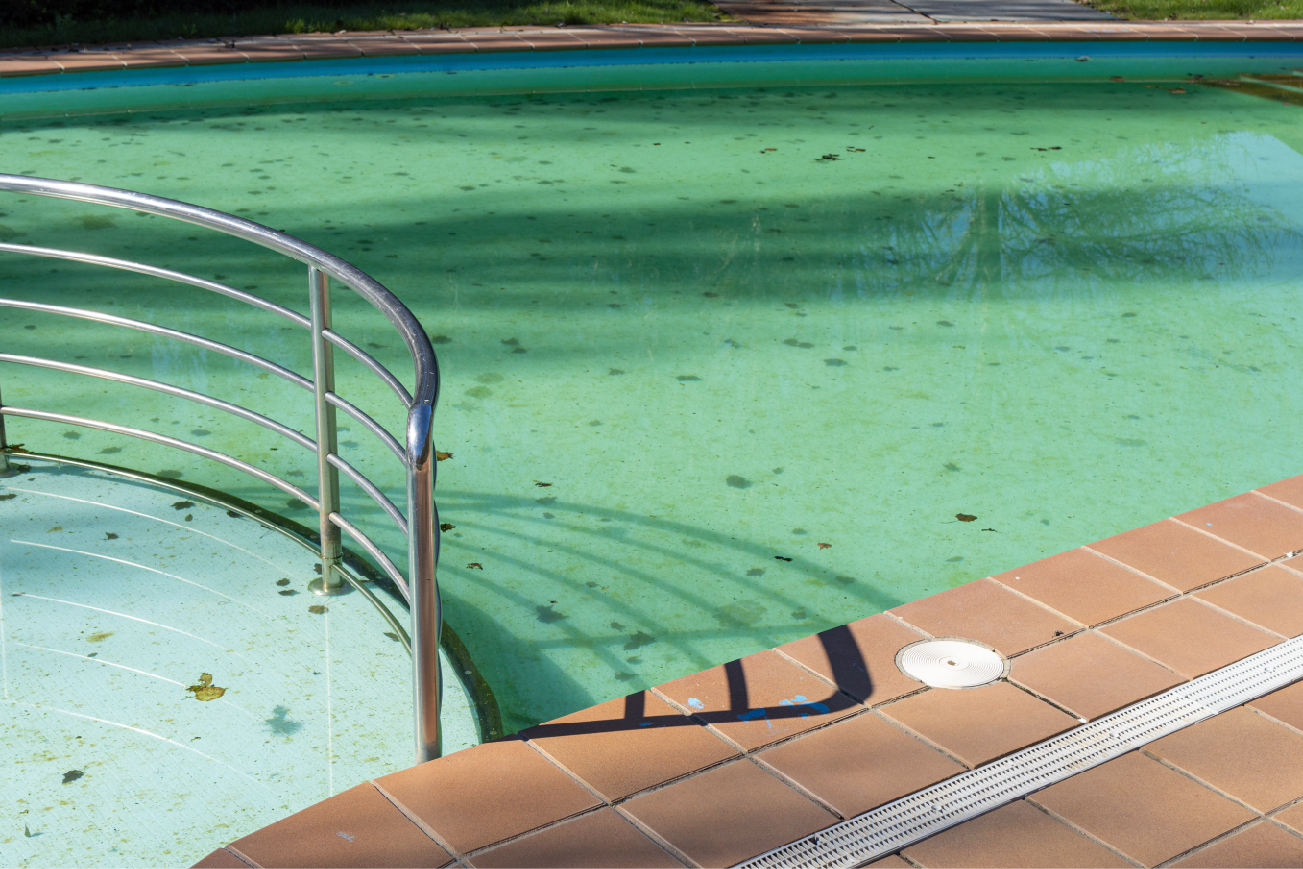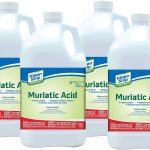
Cyanuric Acid and Its Role in Swimming Pool Maintenance: A Comprehensive Guide for Pool Owners
Understanding the Importance and Proper Usage of Cyanuric Acid for a Well-Maintained Pool
Cyanuric acid, also known as pool stabilizer or conditioner, plays a vital role in maintaining a healthy and enjoyable swimming pool environment. It helps protect chlorine from rapid degradation caused by the sun’s ultraviolet (UV) rays, ensuring effective sanitization and reducing the need for frequent chlorine additions. This article will provide you with a comprehensive guide on the role of cyanuric acid in swimming pool maintenance, its different uses, how to use it, and when to use it for optimal pool care.
Role of Cyanuric Acid in Swimming Pools
Cyanuric acid is a chemical that forms a protective bond with free chlorine in the pool water, shielding it from the sun’s UV rays. Without cyanuric acid, chlorine can be quickly broken down by sunlight, reducing its effectiveness and requiring frequent additions to maintain proper sanitation. By using cyanuric acid, pool owners can maintain a more consistent chlorine level, save on sanitizer costs, and ensure a safer, cleaner pool.
Different Uses of Cyanuric Acid
Cyanuric acid is primarily used in two forms:
- Stabilized Chlorine Products: Cyanuric acid is often combined with chlorine in stabilized chlorine products, such as dichlor and trichlor tablets. These products slowly release both chlorine and cyanuric acid into the pool water, providing simultaneous sanitization and stabilization.
- Separate Cyanuric Acid Additives: Cyanuric acid is also available as a separate additive, often in granular or liquid form. This allows pool owners to adjust the cyanuric acid level independently of chlorine levels, providing more precise control over pool water chemistry.
How to Use Cyanuric Acid
Follow these steps to use cyanuric acid effectively in your swimming pool:
- Test the Cyanuric Acid Level: Before adding cyanuric acid, test the current level in your pool using a test kit or test strips designed for this purpose. The ideal cyanuric acid level for outdoor pools is typically between 30 and 50 ppm (parts per million).
- Calculate the Required Amount: Based on your pool’s volume and the desired cyanuric acid level, calculate the amount of cyanuric acid needed. Consult the product label or use an online pool calculator to determine the appropriate amount.
- Add Cyanuric Acid: If using granular cyanuric acid, pre-dissolve it in a bucket of water to ensure even distribution and prevent damage to pool surfaces. Slowly pour the dissolved solution into the pool, spreading it evenly around the perimeter. If using a liquid cyanuric acid product, follow the manufacturer’s instructions for proper application.
- Circulate the Pool Water: Run your pool pump for at least 24 hours to ensure proper distribution and mixing of the cyanuric acid.
When to Use Cyanuric Acid
Cyanuric acid should be added to your pool whenever the level falls below the recommended range of 30 to 50 ppm. This may occur when:
- Filling a new pool or refilling after draining: Add cyanuric acid to establish the proper level for effective chlorine protection.
- After heavy rainfall or significant water replacement: Large water replacements can dilute cyanuric acid levels, necessitating adjustment.
- Seasonal maintenance: Regularly test and adjust cyanuric acid levels throughout the swimming season to maintain optimal pool water chemistry.
Cyanuric acid plays a crucial role in maintaining a healthy and enjoyable swimming pool environment by protecting chlorine from rapid degradation caused by the sun’s UV rays.




